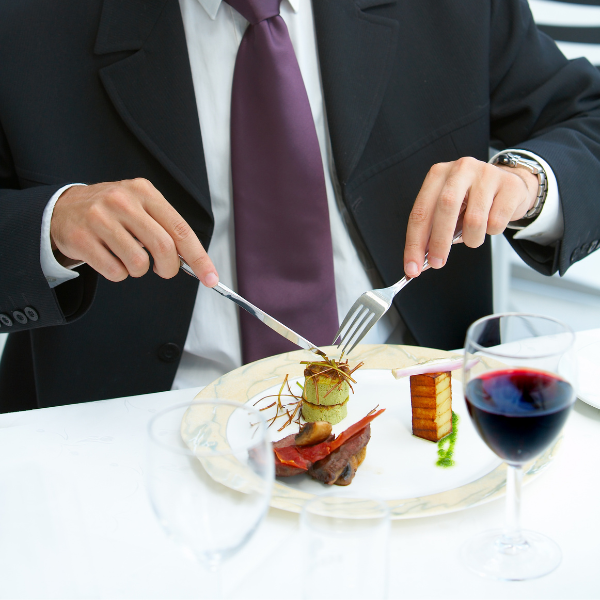A rodent infestation in a restaurant is a nightmare scenario that can lead to health code violations, bad reviews, and loss of business. To keep your restaurant clean and your reputation intact, choosing the right mousetrap is essential. This guide will help you navigate the various options available, ensuring that you select the best mousetrap for your needs.
Table Of Contents
Understanding The Importance Of Mousetraps
Types Of Mousetraps
Snap Traps
Snap traps are the most traditional type of mousetrap. They are highly effective and quick to kill mice, making them a popular choice.
Pros:
Quick and humane kill.
Reusable and cost-effective.
Easy to set.
Cons:
Can be messy to clean up.
Potential for injury if not handled properly.
Electric Traps
Pros:
Quick kill with minimal mess.
Easy to use and clean.
Reusable and durable.
Cons:
More expensive than traditional traps.
Requires batteries or an electrical outlet.
Glue Board Traps
Pros:
Easy to use and dispose of.
No chemicals or poisons are involved.
Affordable.
Cons:
Can be inhumane, as mice may suffer before dying.
Messy and difficult to clean up.
Live-Catch Traps
Pros:
Humane option for rodent control.
Reusable and environmentally friendly.,,
No mess or cleanup is required.
Cons:
Requires frequent monitoring and release.
Mice can return if not released far enough away.
How To Pick A Mousetrap
Choosing the right mousetrap for your restaurant involves considering several factors, including the severity of the infestation, the size of your restaurant, and your budget. Here are some tips to help you make the best choice:
Assess The Infestation Level: Determine how many mice you need to catch and how severe the infestation is. Larger infestations may require more traps or a combination of different types.
Consider Placement: Identify the areas where mice are most active. Place traps in these high-traffic areas for the best results.
Evaluate Ease Of Use: Choose traps that are easy to set, use, and clean. This is particularly important for busy restaurant environments.
Budget Considerations: While some traps may be more expensive initially, reusable options can save money in the long run.
Setting Up Your Mousetraps
Proper placement and setup of mousetraps are crucial for effective rodent control. Here are some guidelines:
Identify High-Traffic Areas: Place traps near food storage areas and in other locations where mice have been spotted.
Use Bait: Use bait that attracts mice, such as peanut butter. Be sure to use a small amount to avoid feeding the mice without catching them.
Check Regularly: Monitor traps daily to remove captured mice and reset traps as needed. This ensures continuous protection and reduces the risk of contamination.
What Attracts Mice To Traps?
Mice are attracted to traps by a combination of food and scent. Using the right bait is essential for success. Here are some tips:
Food Baits: Common food baits include peanut butter, cheese, and chocolate. These foods have strong smells that attract mice.
Scent Baits: Some traps come with scented lures designed to attract mice. These can be particularly effective in areas with little food waste.
Proper Placement: Place traps along walls and in corners, as mice prefer to travel along these paths.

Are Mousetraps Humane?
Additional Considerations For Restaurant Owners
Clean Kitchens
Clean Restaurant Restrooms
Regularly Test Drinking Water
Ensuring that your water supply is clean and free from contaminants is crucial in rodent prevention. Contaminated water sources can attract rodents and other pests looking for hydration. Regularly testing drinking water helps maintain a safe and hygienic environment, reducing the risk of attracting unwanted rodents.
Benefits Of Using Specific Mousetraps
Kill Bar Traps
Interlocking Teeth Traps
Glue Board Traps
For a non-toxic and straightforward solution, glue board traps are an excellent choice. They are easy to use and dispose of, making them ideal for busy restaurant environments.

How Often Should I Check Mousetraps?
What Is the Best Bait for Mousetraps?
Can Mousetraps Be Reused?
How Do I Dispose of a Dead Mouse?

Take Action Now
Choosing the right mousetrap for your restaurant is crucial for maintaining a clean, safe, and rodent-free environment. By understanding the different types of traps, setting them up properly, and maintaining a rigorous cleaning routine, you can effectively manage rodent issues. Remember to consider specialized traps like kill bar traps, interlocking teeth traps, and glue board traps for enhanced control. Take proactive steps today to protect your restaurant and ensure the highest standards of hygiene and customer satisfaction. Browse through our catalog to find all the equipment you need for your foodservice establishment.
What Is The Difference Between A Snap Trap & An Electric Trap?
A snap trap uses a mechanical spring to kill mice, while an electric trap uses a high-voltage shock. Both are effective, but electric traps tend to be cleaner and more expensive.
Are Glue Traps Effective For Large Infestations?
Glue traps can be effective, but are generally better suited for small infestations. For larger infestations, a combination of trap types and professional pest control may be necessary.
How Can I Make My Restaurant Less Attractive To Mice?
Keep all food stored properly, maintain a rigorous cleaning schedule, seal any entry points, and regularly test drinking water to ensure there are no leaks or contaminants that could attract rodents.
What Should I Do If I Have a Persistent Mouse Problem?
If you have a persistent mouse problem despite using traps, it may be time to call a professional pest control service. They can provide a more comprehensive solution to eliminate the infestation.
Can I Use Poison In My Restaurant For Rodent Control?
Using poison in a restaurant is generally not recommended due to the risk of contaminating food and causing harm to customers and pets. Traps are a safer and more controlled method of rodent control.












